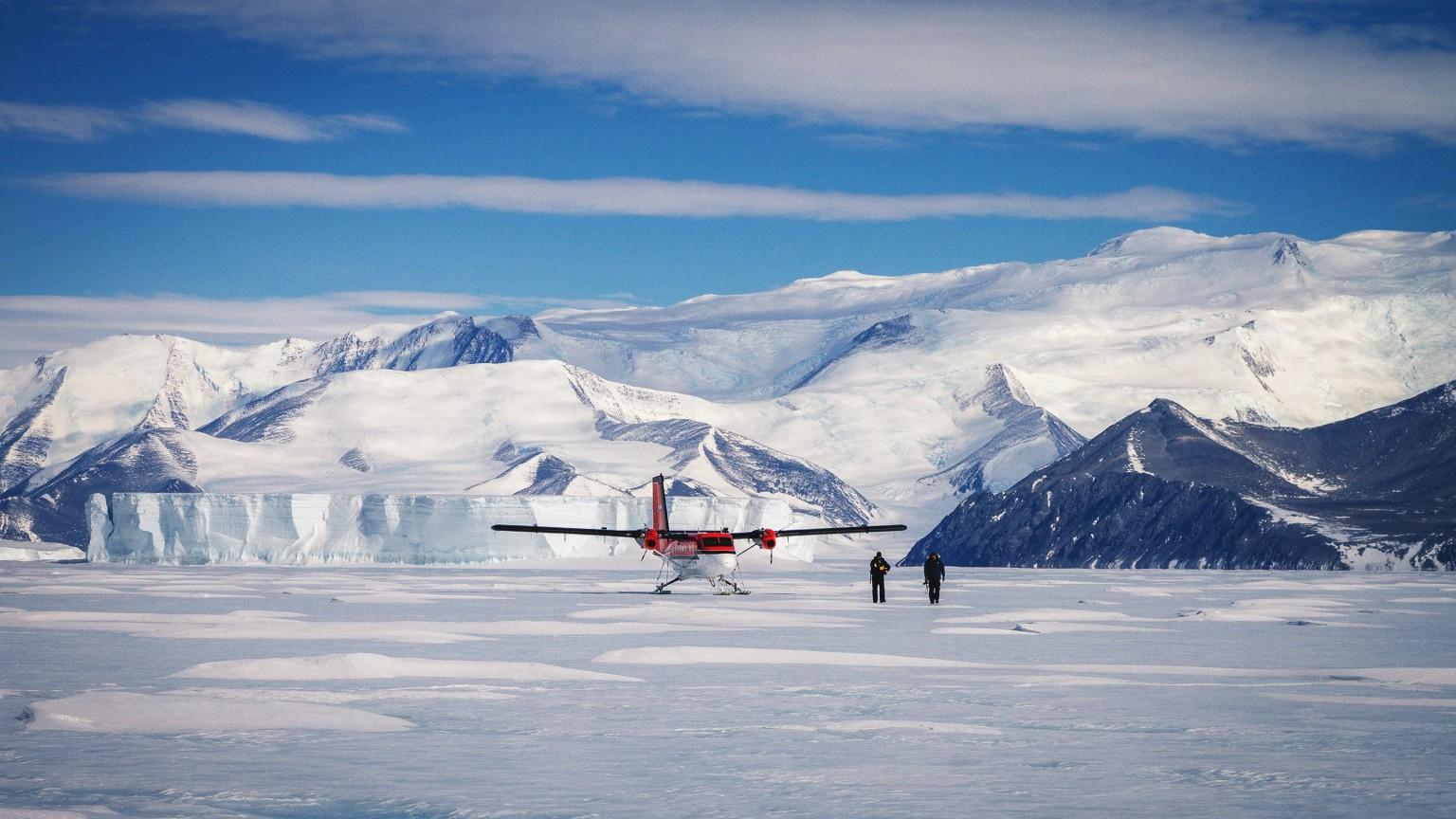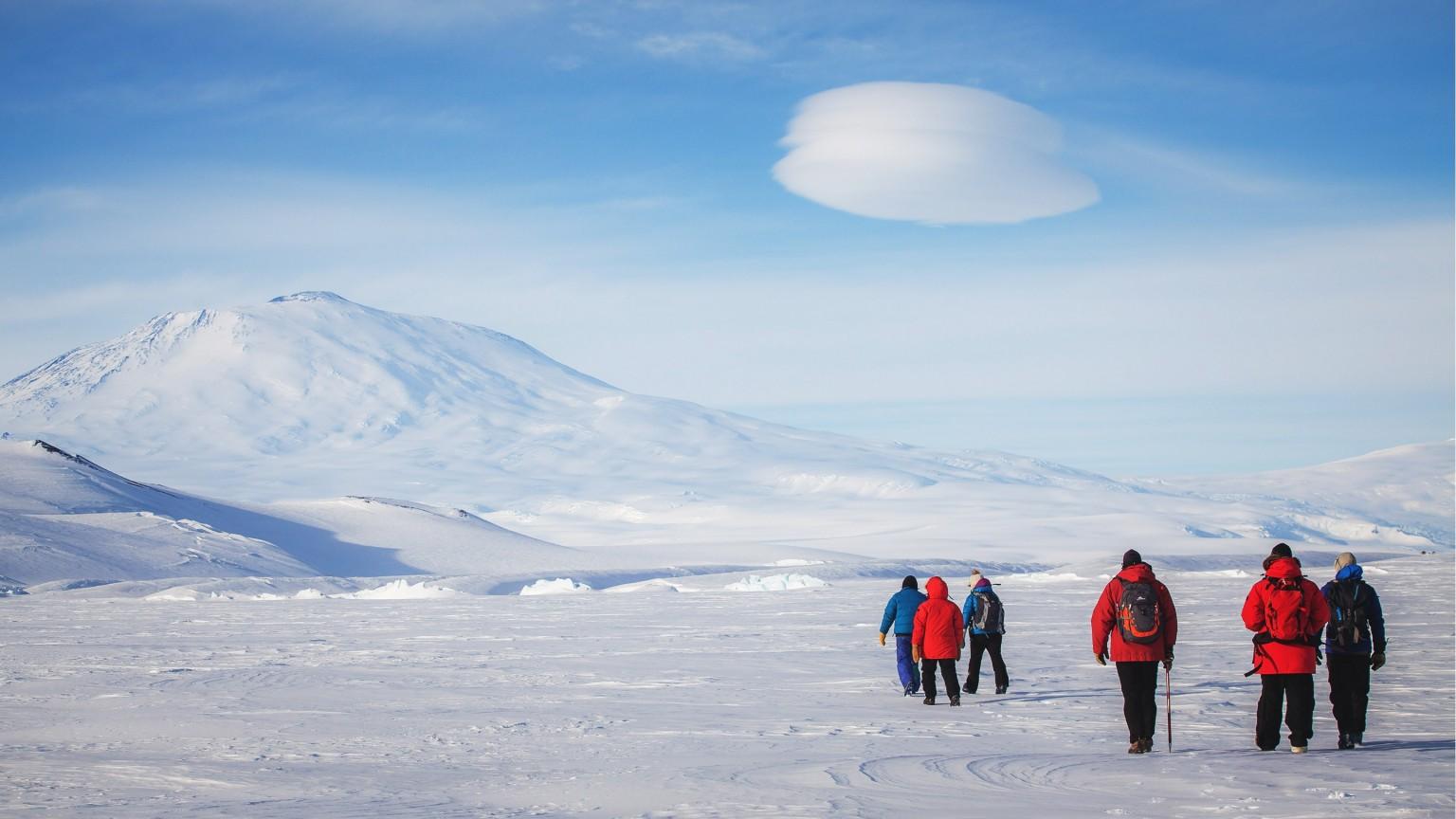
Drinking at the Bottom of the World: A Trip to Antarctica's Bar Scene
After a 12-hour shift transporting people and cargo nine miles from an airstrip on a stretch of frozen glacier in the affectionately named “Ivan the Terra Bus,” a massive vehicle with giant wheels specially designed for driving on ice, you drop off your ski jacket and overalls in your room and head to the bar for a drink. But on the way, you run into a friend who tells you his roommate has some of that “special ice,” so instead you cram into a tiny dorm-like room for a shot of whiskey, served over a few chunks of millions-of-years-old ice from a glacial core sample the climate scientists have finished analyzing.
McMurdo’s population has a serious gender imbalance—it’s about three-quarters male—but both Gerwin and Santos know multiple couples who met on the ice.
In fact, Santos himself met his now-wife at McMurdo during his first of four seasons working the recreation department and tending bar at Gallagher’s. During winter, when the sun never rises and Antarctica’s population drops by around 80 percent, everybody gets a single room, and when the couple—by now engaged—both stayed on for the 2013 winter season, they managed to score connecting rooms. Unsurprisingly, their first child was born nine months later. “Leave somebody down there in the cold with no light and only eight channels on the TV, and it’s inevitable,” Santos laughs. ”It wasn’t a concern to us. We were getting married two months after we left the ice anyway!”










